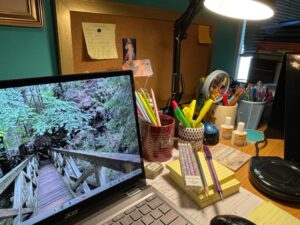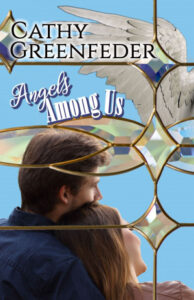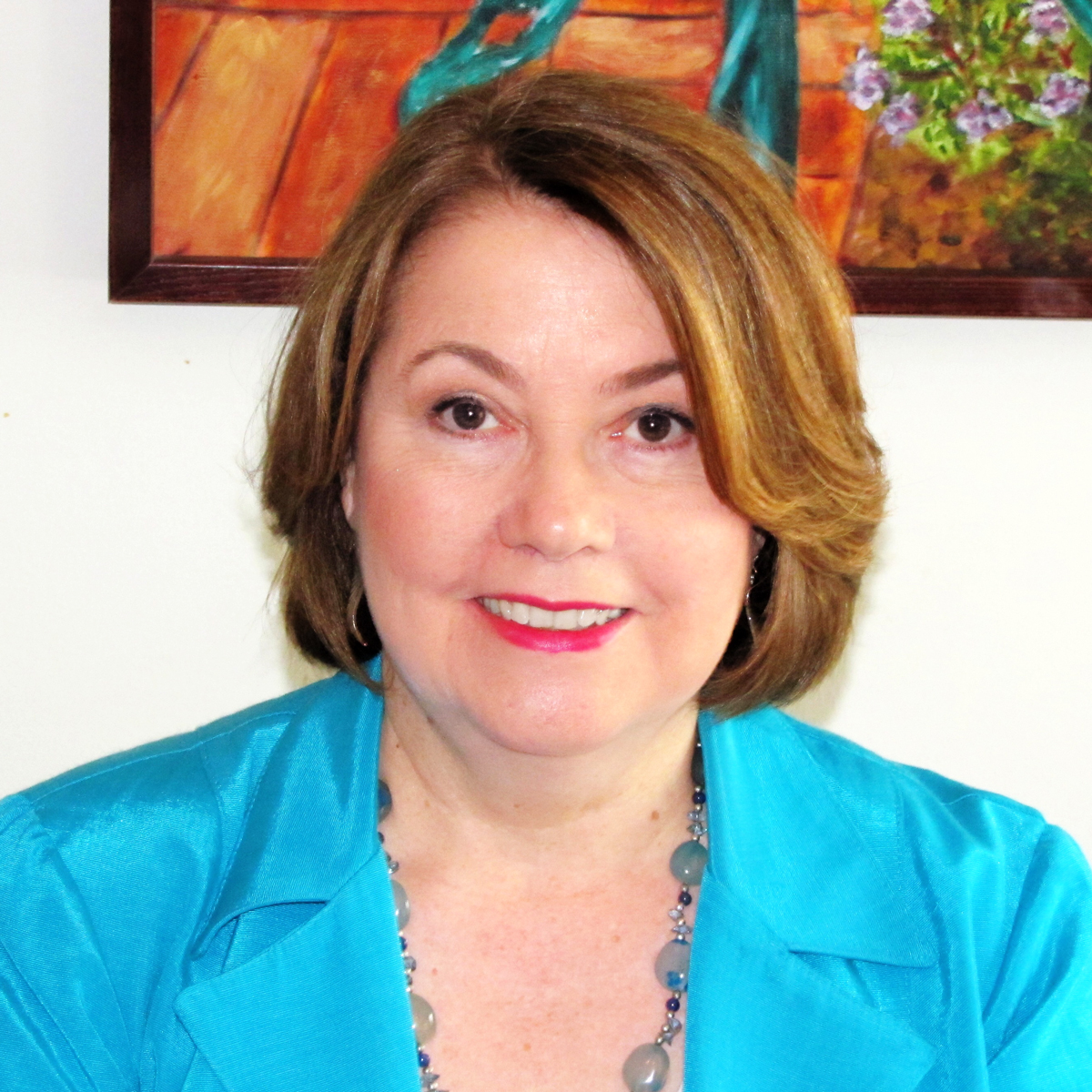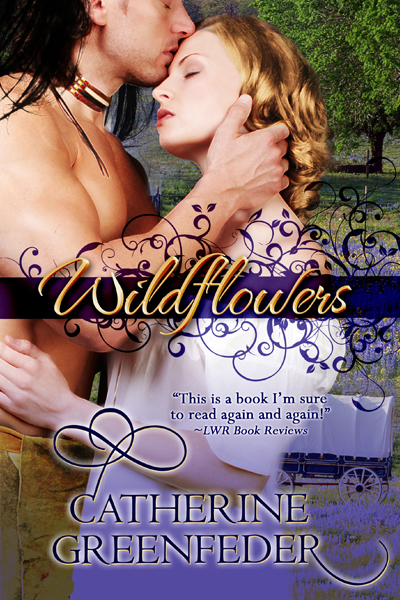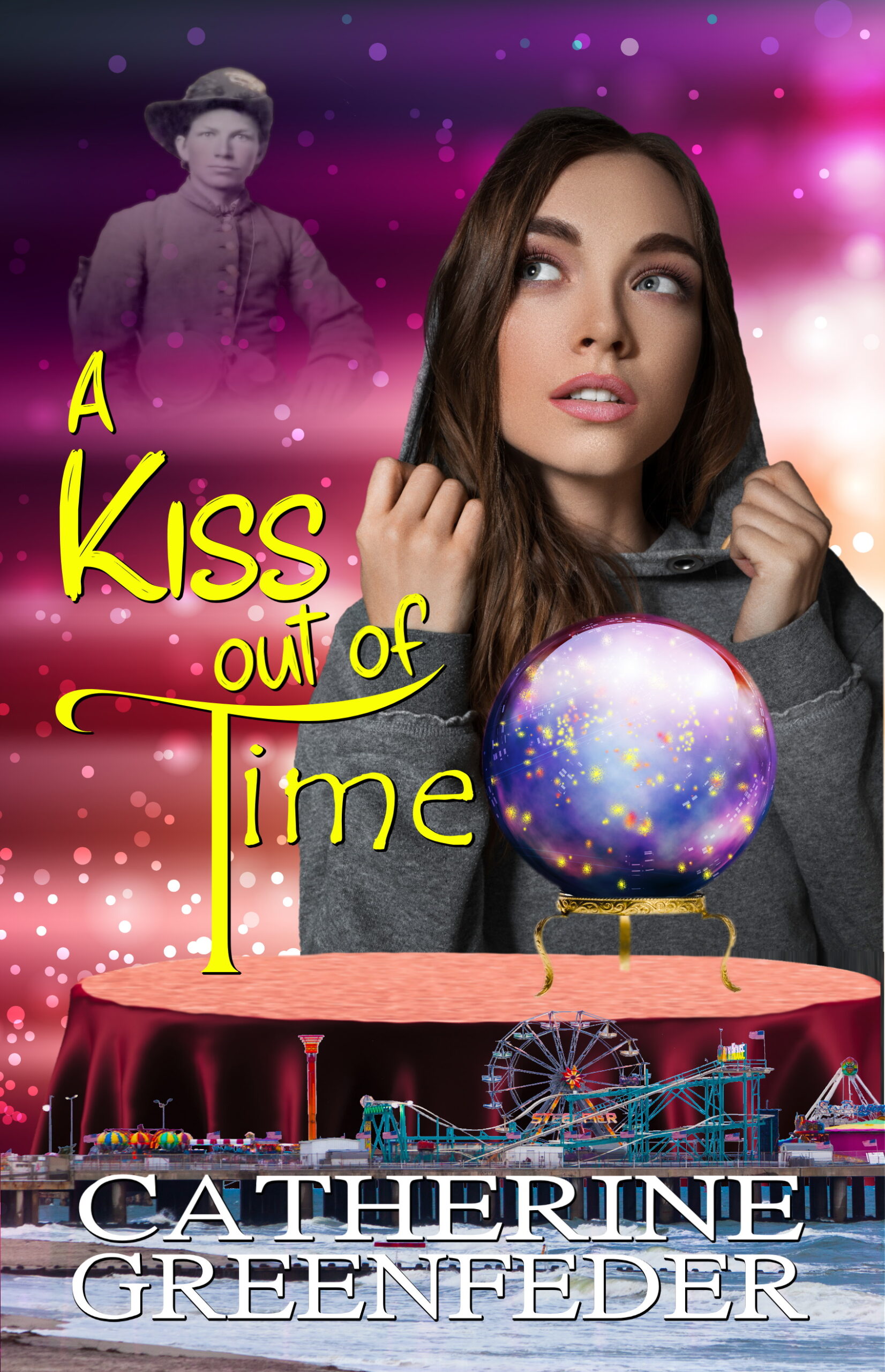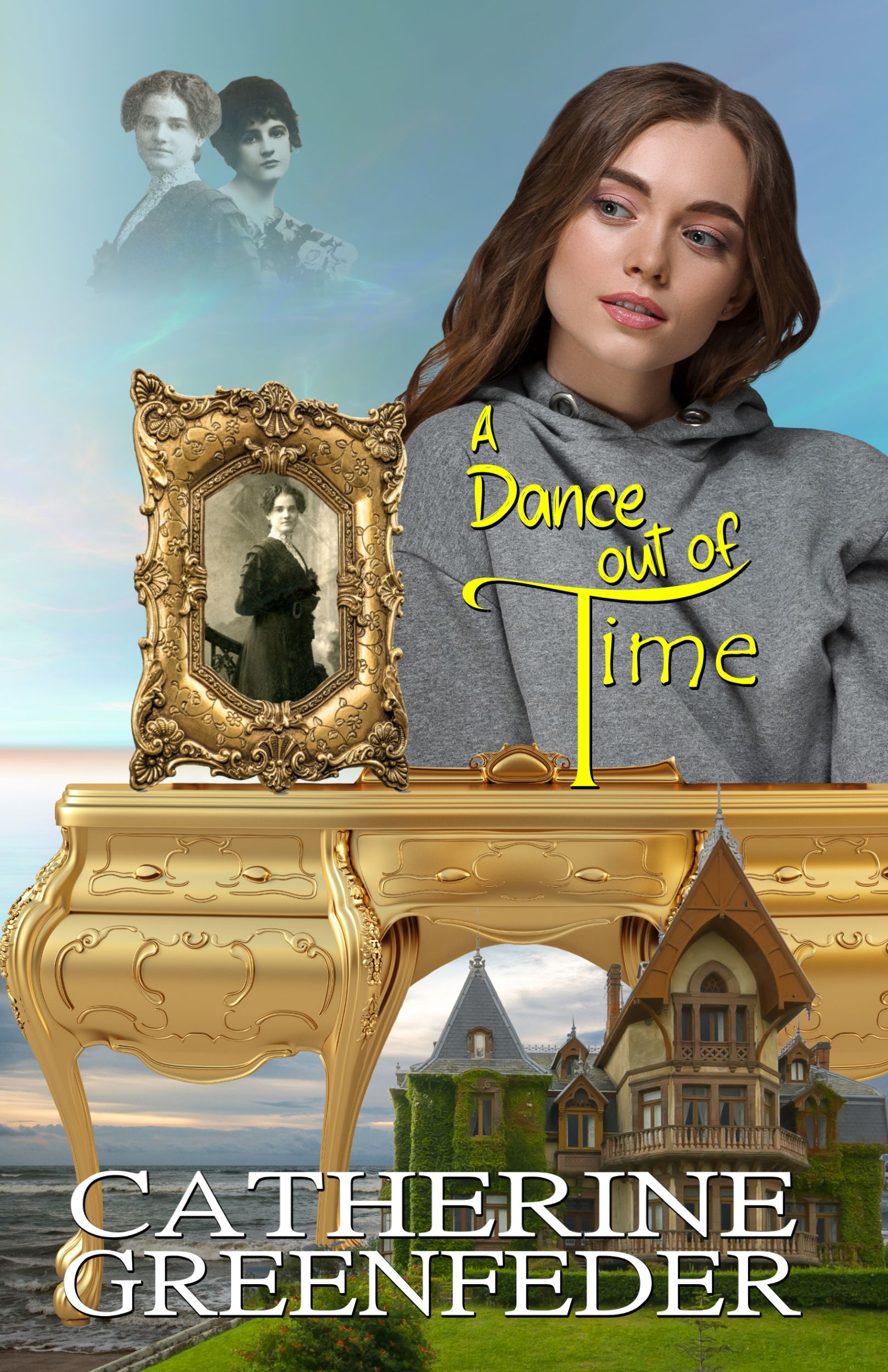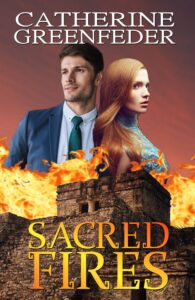
Casey glanced at the names on some of the exhibits including those of the Toltecs who had built the Pyramids of Teotihuacan, the Oaxaca, and the Mayans. Open spaces or gardens separated each exhibit room. Casey decided to see as much as she could. Yet, she needed to focus on the Aztecs and vowed to view the Aztec Calendar Stone. “We can browse later,” she told Barbara.
A guard directed them to the office at the rear of the hallway. The director’s secretary told her to meet with the assistant. So, they ventured to the tight office and found Daniel Ortega, an affable, portly, and middle aged man. He offered them seats opposite his elaborately carved mahogany desk with its display of photographs, miniature sculpture, and a miniature-scale model of the museum.
Barbara introduced Casey to the assistant director. Casey took out her recorder and began the interview using Barbara as translator.
“We are from Metro News, and we are here to find out about the stolen artifacts.”
Ortega rubbed his black mustache and nodded a moment. Sadness shadowed his ebony eyes.
“We have had items stolen in the past, but nothing is as important as those taken this time. Among them are the rare golden Corn Goddess made of solid gold and a crystal skull. The other items included bejeweled masks, weapons, and ornate head wear.”
“About the crystal skull, other than its beauty, why is it so important?”
The curator looked at Casey in astonishment. “The crystal skull is more than beautiful. It is a perfect replica of a skull and solid crystal without a trace of carving marks. Some attribute it to the Maya, others to the Aztecs. It is believed to be pre-Colombian and contain mystical powers known only by the high priests of the ancient cultures. It had been hidden from the Spaniards. So, its discovery came only in the last century.”
“Do you have an idea who might want the skull or other treasures?” Casey asked.
“No.”
“May I see a list of museums scheduled to exhibit the Mesa American art?”
Ortega removed a list from a file in his desk drawer. “Here, this lists every museum including the British museums, the Smithsonian, and the Metropolitan Museum of Art.”
“Do you have a list of museum benefactors and patrons?” Casey thought it might provide clues to someone who could be interested in the tour.
He obliged with a voluminous copy of the list. Benefactors, patrons, and sponsors existed around the globe. Casey could never interview each one. She could check on any who might have had a penchant for collecting antiquity and reasons for stealing from the exhibit. “I’m wondering if there might be a connection to organized crime, but I’ll work with the police.” She noted a strange glint in her translator’s eye as she stood to shake the curator’s hand. “Thank you, Mr. Ortega.”
“This is a start,” she told Barbara.
Mr. Ortega said something else to Barbara who didn’t translate it right away.
“Adios,” he said to Casey as they shook hands.
When they got outside, Casey gripped Barbara’s elbow. “What did Ortega tell you?”
Barbara looked pensive, frowned a moment, and replied, “He said among the many items stolen were weapons made of jadeite and obsidian, ritual instruments used by the Aztecs for bloodletting and human sacrifice.”
“How odd. It’s also odd how they didn’t touch some of the more lucrative items made of gold such as the necklaces and arm bracelets, the jadeite ear hoops, and lapis lazuli encrusted ceremonial masks.” A shiver ran through Casey at the remembrance of the mask worn by her captor in her nightmares.
They arrived at the end of a patio. In the middle sat the Aztec Calendar Stone. Casey went to it, fascinated by the intricate carvings of the circular stone. Concentric circles surrounded a primitive face, pictographs along with symbols for the heavens filled in the circles. The outer border consisted of two great fire snakes.
Casey followed Barbara to the exhibit room. There she found more artifacts depicting Aztec beliefs and lifestyles. Stone crusted clay masks used in rituals, some decorated with gold, turquoise, or jade stood on display. A miniature replica of Tenochtitlan reminded her of the tour. She could pinpoint the exact spot where she experienced déjà vu. The text informed her about how the Aztecs, a clan oriented and class conscious people, relied on a cult based on meeting its agricultural needs. They viewed images of Coatlicue, the blood-thirsty goddess considered to be the mother of the gods and creator of the Earth. The powerful Quetzalcoatl, a snake-like statue, who reigned as the god of learning, towered over a temple drawing. The Aztecs worshiped many gods and goddesses to fulfill every human need for crops, rain, fire, and fertility. They even had deities in the constellations.
“Altogether there were about fifty gods and goddesses,” Barbara told her.
“Whoever stole the artifacts may be using them in a cult ritual,” Casey said.
“What do you mean?”
“With those cult objects they could recreate an ancient sacrifice.”
“Casey, you are letting your imagination run away. Why resort to obsidian knives when they have a hundred different types of firearms?”
“I know it sounds ridiculous, but it could be the work of a madman…who knows. I’ll have to talk to someone in the FBI, U.S. Customs, and the local law enforcement to get some answers.” She opened the door to exit the museum. The rays of the late day sun hurt her eyes. She squinted to adjust from the dim interior of the museum. “Let’s find some shade…it’s like an oven out there.”
They found a bench under a tree. Casey’s stomach growled as she sniffed the pungent aroma of refried beans, tortillas, and onions. “We’ve been on the go since this morning. I’m starved, let’s get something to eat.”
Barbara followed her to the vendor. Over a quick lunch of tacos and beans, they discussed the translated notes.
“This is good,” Casey said between mouthfuls of the overabundant beef taco. She wiped the grease from her mouth with a napkin, and then sipped her cola. As she did so, she nearly choked.
“What is it?” Barbara patted Casey on the back.
When Casey regained her breath, she pointed toward the museum. Coming down the steps were Daniel Ortega and Miguel Stephens. The two men looked engaged in an animated discussion. Miguel’s arms flailed up and down, and then he turned to spot Casey and Barbara. His demeanor changed and became somber. He parted with Ortega at the steps of the museum, and then headed over. His face bore a hardened expression. Casey could sense the intensity of his gaze. “What business did he have with Daniel Oretga? Come on, Barbara!” She stood and tossed her partially eaten lunch in the wastebasket. Too late to retreat for Miguel had crossed over to join them. His ardent strides reminded Casey of a bull about to charge, and she braced herself for the attack.
“You…you are a reporter!” Miguel’s voice accused. “You’re here to investigate the theft from the exhibit and not to write a book.”
“What business is it of yours?” Casey asked.
His gaze narrowed as the air sparked between them. “I’ll tell you.” The vehemence in his tone iced Casey. She stepped back as he leaned forward.
“Don’t snoop around on my case.” He waved his index finger at her.
“Your case? You told me you collected art and were here for your family.”
“I am about to collect art when I find out who stole it, and I am visiting my family.”
“Alas, the truth comes out.” Her tone reeked with sarcasm.
“I’m not the only one who’s been lying. You’re a cop. Well, I should have known.”
“I’m a special agent for the U.S. Customs and Border Patrol, and I don’t want any reporter getting in my way. This is a dangerous case.”
“And I’ve covered dangerous assignments before including investigations of artwork in the Middle East,” Casey remarked. “Nothing is as strange as this one.” She paused for a moment. I could use his assistance. Then she sweetened her tone. “Maybe we can help each other. After all, I might have access to information.”
A glimmer of interest lit his blue eyes.
“I might know something that you don’t know. You think the Feds have all the information?”
“I suppose you found out as much as I did from Daniel Ortega,” he snapped. Then his gaze studied her for a moment making her squirm a bit. “What more could you offer me?”
The implication in his impish smile annoyed the life out of her. “Don’t even suggest it.”
“I don’t know what you’re thinking. I simply mean we can work together.” Miguel grimaced for a moment. “This is my job, and I intend to do it.”
“And I intend to do mine,” Casey countered. “I’m employed to investigate news on the art world. This is a story on stolen art, and there’s a chance a revival cult may be involved. Have you heard of any unusual killings recently?”
Miguel averted his gaze.
Casey tapped her toe with impatience as she waited. “Well, have you?”
“No,” he said. “Crime is not that unusual in a huge metropolis.”
“Do you think the mob is involved?” Casey pumped for information.
“This is highly sensitive, and I’m not willing to share information with you. So, I suggest you pack your bags and head back to New York…to what’s his name…Jim Richardson. I’m sure with his father’s influence you can pull a few strings.”
Casey waved her hand as if swatting a fly. “I don’t intend to go back to New York right now. I intend to finish my assignment. And as for Jim, he’s none of your damn concern.”
“Fine,” Miguel snapped. “Stay out of my way!”
She watched him storm off, leaving her to fume inwardly.
Barbara offered her a sip of her bottled water.
“No, I’m fine. Thanks.” She took a deep breath and released it before adding, “After all, this is a job, and no one is going to stop me.”
“You can’t be so sure, senorita.” Barbara went ahead of Casey and hailed a taxi for their return to the hotel. “You have quite an opponent in such a one. It’s too bad he is muy guapo, handsome. Ah, I would not mind tangling business with pleasure.”
Casey stared at her translator a moment then followed Miguel’s retreating figure.
So, the man of mystery not only captivated her in more ways than one, it turned out he was a government agent. One who didn’t want to work with her and wanted her to leave. The last thing she needed in her life. It meant trouble.
***
